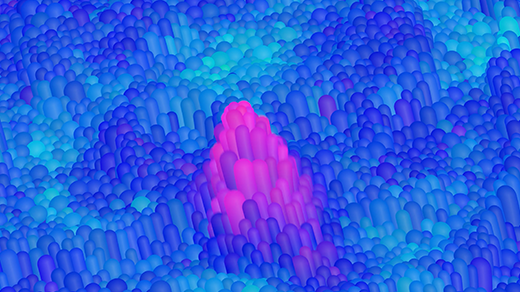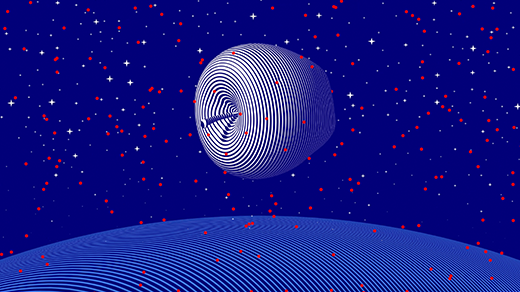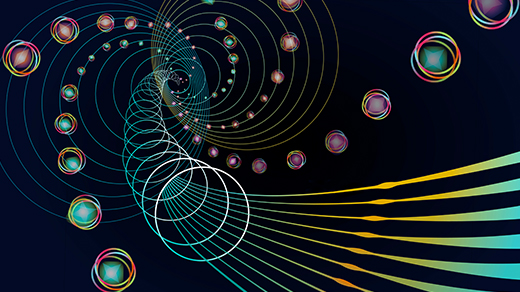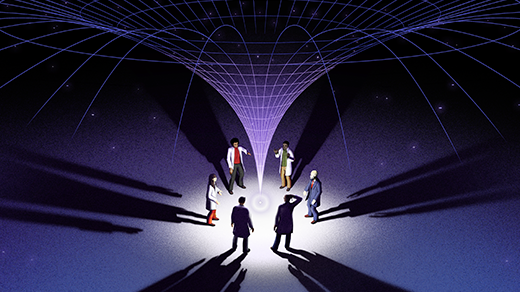What's up in
Physics
Latest Articles
Matter vs. Force: Why There Are Exactly Two Types of Particles
Every elementary particle falls into one of two categories. Collectivist bosons account for the forces that move us while individualist fermions keep our atoms from collapsing.
The Ecosystem Dynamics That Can Make or Break an Invasion
By speedrunning ecosystems with microbes, researchers revealed intrinsic properties that may make a community susceptible to invasion.
Is Gravity Just Entropy Rising? Long-Shot Idea Gets Another Look.
A new argument explores how the growth of disorder could cause massive objects to move toward one another. Physicists are both interested and skeptical.
New Quantum Algorithm Factors Numbers With One Qubit
The catch: It would require the energy of a few medium-size stars.
First Map Made of a Solid’s Secret Quantum Geometry
Physicists recently mapped the hidden shape that underlies the quantum behaviors of a crystal, using a new method that’s expected to become ubiquitous.
How Can AI Researchers Save Energy? By Going Backward.
Reversible programs run backward as easily as they run forward, saving energy in theory. After decades of research, they may soon power AI.
Will We Ever Prove String Theory?
Promise and controversy continues to surround string theory as a potential unified theory of everything. In the latest episode of The Joy of Why, Cumrun Vafa discusses his progress in trying to find good, testable models hidden among the ‘swampland’ of impossible universes.
Singularities in Space-Time Prove Hard to Kill
Black hole and Big Bang singularities break our best theory of gravity. A trilogy of theorems hints that physicists must go to the ends of space and time to find a fix.
How Did Geometry Create Modern Physics?
Geometry may have its origins thousands of years ago in ancient land surveying, but it has also had a surprising impact on modern physics. In the latest episode of The Joy of Why, Yang-Hui He explores geometry’s evolution and its future potential through AI.








